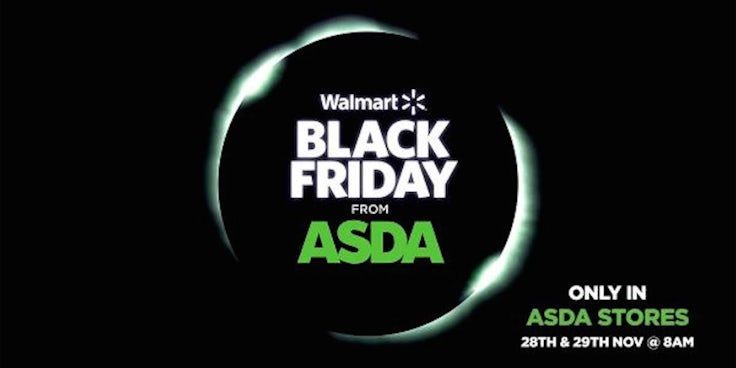How to predict the peaks in Christmas demand
The seasonal peak in sales over the Christmas period can last anywhere from 38 to 88 days depending on the sector brands operate in, according to new research. The longest uplift occurs in home furnishings and lasts nearly three months.

The run-up to Christmas is a key period for many brands. However, there are nuances to consumer spending in certain categories that retailers can use to target the marketing of their products beyond Black Friday, Boxing Day and the January sales.
The study by online retail specialist Summit shows why it is important for marketers to identify sector-specific peaks throughout the season, outside of traditional promotional events. For example, games console Nintendo Wii sees a peak for controllers between 28 November and 1 December according to the data, which is gathered from retailer website impressions driven by search keywords and from sales of products. The report looks at the pre-Christmas period in 2014 and the last 60 days in order to provide a forecast for 2015.
School bags, sewing machines, baking equipment and coffee machines peak in the same period as the Wii. Shoulder bags, Disney games and bunk beds peak between 16 and 20 November, and computer tables and fridge freezers between 10 and 12 November. Dolls houses, wallpaper and king-size duvets see an early peak between 1 and 4 November, while dining chairs, mountain bikes and single airbeds peak between 28 and 29 November.
Ben Latham, director of digital strategy at Summit says: “A lot of what you see is not a surprise but it enables you to understand exactly when the increase in demand starts and how much it is likely to increase by, thus revealing how much focus and attention you should put on it.”
The study shows that people buy children’s toys early, for example, with demand starting to rise on 17 October and impressions jumping by 321%. Toy brand marketers can therefore use this to identify how much budget they should be investing in media buying and when to invest for certain products and items.

Latham believes this is particularly relevant to digital marketing because brands can be strategic about how they do it, reacting in real time to trends in consumer spending.
Retailers generally see an upward trend in sales from 5 November and experience a steady overall increase, but this is in addition to various product-specific spikes where brands can focus on different messaging.
Latham says: “It might be [that brands promote] children’s toys early because people are planning to buy them, whereas last minute gifts such as cosmetics or getting ready for party season might form the latter part of a marketing plan.”
In the photography category, searches for 28mm and 35mm lenses peak on 27 October and this continues to 20 December, with a 207% uplift in impressions.
Uplifts in children’s trampolines, sewing machines and Black & Decker drills are seen from 28 October to 25 December, all contributing to a traffic increase of 206%. JVC headphones are searched for primarily over the conventional Christmas selling period from 15 November to 28 December, with an uplift of 254%, and a number of other products follow this pattern including PlayStation 4 consoles, children’s shoes, Furby dolls and cookware.
Maximising spike periods
Latham believes that retailers should be looking to maximise these spikes rather than investing in promotional days such as Black Friday. He says: “While there will still continue to be huge peaks in demand, retailers should be looking at how they can remove demand around Black Friday because they have significant issues in actually supplying the product and coping with the footfall through their digital stores and retail outlets. Spreading that demand is important.”
The study also shows that last year’s January sales had a weaker effect on consumer purchases than pre-Christmas promotions, as many people spent on Black Friday; not only on gifts but on goods for themselves.

“Consumers had done their sales shopping [before January],” comments Latham. “January sales are usually about shifting stock retailers didn’t sell at Christmas but people had already done their shopping during the middle of the peak.”
Retailers and product brands alike will want to do a better job of predicting the surges in demand in 2015 and in future years, which may involve looking past the traditional marketing calendar towards accurate data sources.






